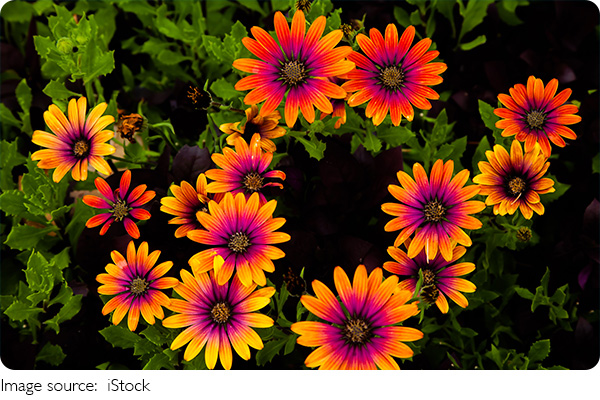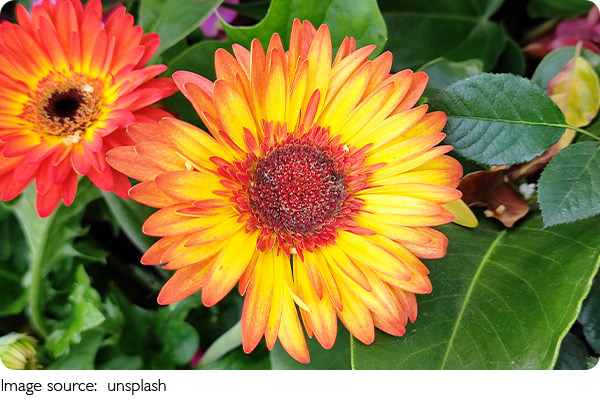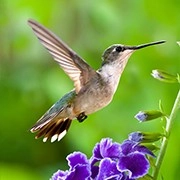Charming Daisies

When it comes to charming and simple flowers, the daisy stands out. We often see them in gardens, as they bloom in vibrant colors, bringing joy to anyone who notices.
But have you ever wondered what makes the daisy such a beloved plant? From its soft petals to its resilience, we’re here to take a closer look at this flower’s unique traits, its origin, and how to care for it.
What is a Daisy?
A daisy, scientifically known as Bellis perennis, is part of the Asteraceae family. Its name, “perennis,” refers to its perennial nature, meaning it can live for several years. However, in warmer climates, such as Japan, it’s often treated as an annual because it doesn’t survive the hot summers. In its native Europe, the daisy thrives as a hardy, long-lasting herb, making it a familiar sight in fields and gardens.
Physical Characteristics of the Daisy
Daisies typically grow to about 10 to 20 centimeters in height. Their small, evergreen leaves are found at the base of the plant and can range from 2 to 5 centimeters in length. These leaves are round or spoon-shaped, often covered with soft hairs, and have finely toothed edges.
The flower itself is what truly catches the eye. Daisies have a distinctive flower head, which can measure between 2 and 3 centimeters in diameter. The flower is composed of a yellow center with white or red petal-like florets surrounding it. Some varieties even feature multi-layered petals, giving them a full, lush look. The petals come in different colors, such as red, white, and pink, providing a beautiful contrast to the yellow central disc.

The Daisy’s Flowering Period and Varieties
Daisies are known for their stunning blooms, which appear in various colors. Depending on the climate and environment, the flowering period can differ. For example, daisy plants sold in markets typically bloom in November. In contrast, outdoor daisies generally bloom from March to May, making them a perfect springtime flower.
You’ll also notice that there are different types of daisies available. Some varieties have single petals, while others are double-petaled, offering a more voluminous look. The colors of the petals can also range, creating even more diversity within this beloved flower.
Growing and Caring for Daisies
Caring for daisies is relatively easy, which is one of the reasons they are so popular among gardeners. The plant thrives in well-drained soil and prefers a spot with plenty of sunlight. If you’re planting daisies in a cooler climate, they can be propagated through branching, which means new shoots grow from the main plant.
In warmer climates, it’s important to ensure that the daisies are well-watered, especially during the summer months. However, they should not be overwatered, as this can cause root rot. The daisy is also quite resistant to pests, making it a low-maintenance plant in many gardens.
The Symbolism of Daisies
Beyond their beauty, daisies are often associated with purity, innocence, and new beginnings. In many cultures, they are seen as symbols of fresh starts and are sometimes used in celebrations or given as gifts to represent a new chapter. The daisy’s simplicity and straightforward beauty have made it a favorite of poets and artists throughout history.
The Timeless Appeal of Daisies
Daisies, with their vibrant colors and delightful fragrance, are a symbol of simplicity and beauty. Their easy-going nature makes them a favorite among garden lovers and flower enthusiasts alike. Each time you spot a daisy, take a moment to admire its charm and the joy it brings to any space.
What do you think, Lykkers? Do you have a flower that always brightens your day? We'd love to hear about your floral favorites and what makes them special to you!
Daisies in Full Bloom ' Daisy May' 🌿
Video by Garden Answer Highlights

 · Nature Team
· Nature Team